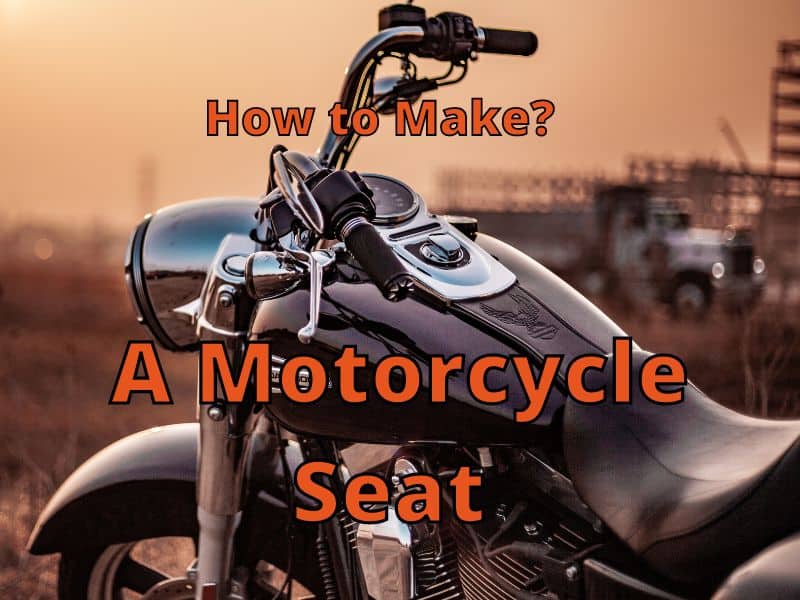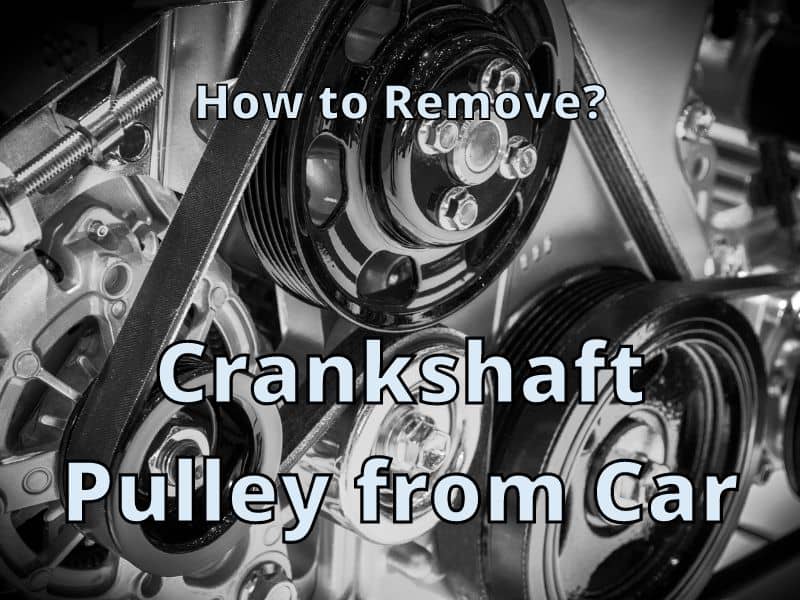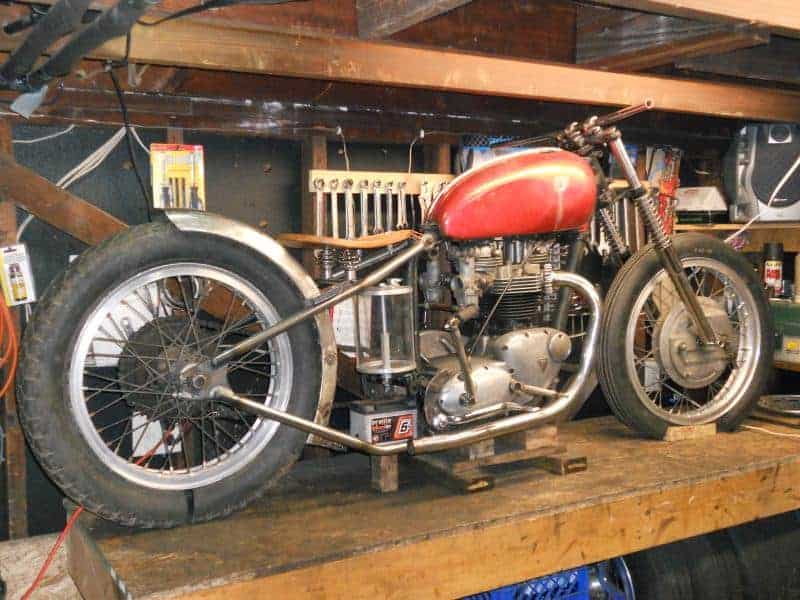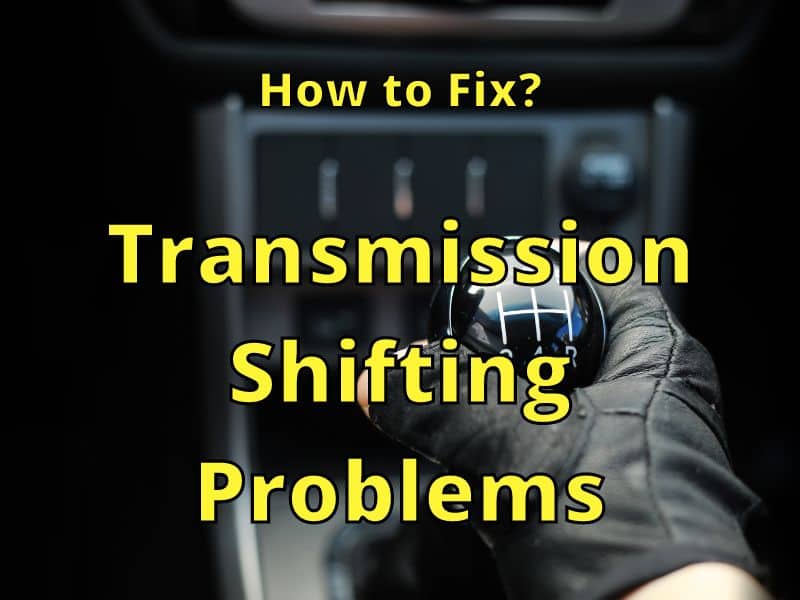Even though there are a lot of design schemes for motorcycle seats that you can purchase on the market, sometimes you just want to deal with the trouble yourself. What’s best about that is that you do not have to be a handyman to do this task. After all, making your own motorcycle seat is a lot easier and cheaper than you think.
Making a customized seat for your motorcycle is a simple and fun thing to do. Here are a few easy steps you need to follow to make a motorcycle seat, even if you’re not a pro:
- Take the Current Seat Off
- Take the Side Covers Off
- Take the Seat Off
- Get Your New Motorcycle Seat
- Create the Outline of the Frame
- Cut the Outline
- Add the Seat’s Padding
- Get Creative with Upholstery
- Mount the Seat
In this post, we are going to teach you how to make a motorcycle seat. It is important to note that when customizing your motorcycle, you don’t have to settle for standard seats. You may opt to use quality seats that come with dense foam padding, making your ride very comfortable even for long hours. Follow this tutorial to learn how to make a seat fitted to your bike.
Things You Need to Follow This Tutorial
Before we begin this tutorial, make sure that you have gathered all the materials that you will need to make a motorcycle seat, which includes the following:
- Duct tape
- Padding
- Cardboard
- Jigsaw
- Periscope attachment
- Plywood
- Sharpie
- Socket set and extension
- Nails
Step-By-Step Guide On How To Make a Motorcycle Seat
Making a customized seat for your motorcycle is a simple and fun thing to do, and we are here to guide you through the process. Here’s what you should follow:

1. Take the Current Seat Off
Once you have prepared the socket set and extension, you may now begin the process of making your own motorcycle seat. It might also help you if you have a periscope attached to your neck. It is also important to note that the fasteners that you are going to use should be dependent on the model of the motorcycle you are customizing.
You may now get rid of the bolts that hold the seat of your motorcycle. Even though you may find it extremely difficult to do, you can do it. After that, you need to take out the bolts which hold the back fender. While not a requirement, it can be quite helpful at times.
2. Take the Side Covers Off
In order to get rid of the bolts holding onto your bike’s seat, you need to remove the side covers first. You may choose to permanently remove these covers, or you can reattach them once you have mounted the seat in its place. Just remember to keep your washers and bolts in a safe place while you are working on this step, so they would not get lost.
3. Take the Seat Off
Once you have completed the above steps, you are now ready to take the seat off. First, remove the mounting bolts and then apply pressure on the low part of the bike’s seat, which is usually near the front portion. Then, you need to take hold of your motorcycle seat’s tail and pull it back up. It is vital that you pin down the seat’s nose, especially if you are rotating the back portion.
After doing these steps, the motorcycle’s seat will finally come off. You might also notice that putting it back on is a lot easier than removing it.
4. Get Your New Motorcycle Seat

In choosing a new seat for your motorcycle, you first need to know where the best place is for your rear. Just because the seat that came with your bike is thicker than your new seat, knowing the most comfortable place is very important. To do this, you may want to take several laps while settling in a variety of positions, taking note of the place where your rear wants to sit naturally.
5. Create the Outline of the Frame
Position the cardboard on the frame and trace an outline onto the cardboard from underneath. You are going to need the plywood to support the base, but you might not get an accurate measurement using this material. You may not cut the sketch that matches the seat, and using a sharpie, mark the mounting holes and cut them out from underneath.
You might be wondering how you are going to mount the seat on your motorcycle. As the plywood is straight and your bike is not, there’s no doubt that the stock mounting holes will not work. What you can do is use the holes found at the tank and the ones found in the back near the fender. Doing this will provide you with two mounting points.
6. Cut the Outline
Using a woodcutting blade and a jigsaw, you may now trace the template onto the plywood and cut the outline. If you are not comfortable using these tools, we recommend that you find a friend to help you out.
7. Add the Seat’s Padding
You may use 2 whole layers of carpet for the bike seat’s padding. Using the template, you have created, cut the padding to fit your seat. Don’t forget to leave a little overhang on the sides! Stapling the foam to the plywood will hold it in its correct place. Also, you need to glue the second layer of carpet onto the first. After, cut 2 strips of padding, long enough to cover the corners and edges.
8. Get Creative with Upholstery
You can now use duct tape to hold the padding securely onto the base and make sure to cover all the padding. You may want to leave the black tape if you prefer the look. However, if you want to get professional help, you need to go to a motorcycle shop.
9. Mount the Seat
Place the seat onto the bike and sit on it, making sure that it feels right for you. Underneath the bike, you need to mark the locations where the pins are going in just by pressing the nails to the duct tape. This step is important as it makes sure that your seat can easily be installed and removed, as well.
Tips on Making a Motorcycle Seat
- Precisely measure the length, depth, and width of your customized motorcycle seat and make sure that it feels right when you sit on it.
- You may draw your design using a pencil and paper. You may also plan the design of your seat using the software. Doing this ensures that your desired seat suits the look of your bike.
- If it suits your taste, you may choose to add leather upholstery.
Conclusion
Making your own seat for your motorcycle is a very simple and fun thing to do, especially on the weekend. And following this guide will surely help you do this task easier and with accuracy. You just need to remember to gather the materials before you begin, as it can also save you a lot of time.












